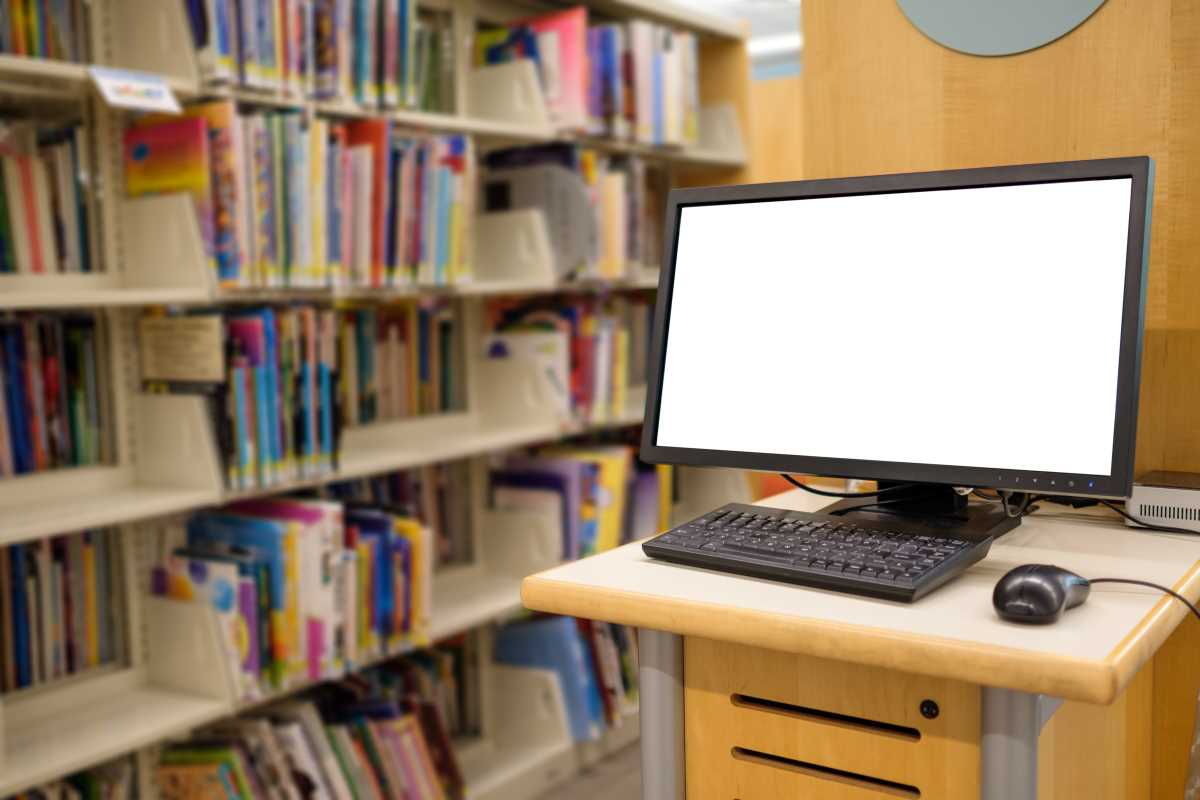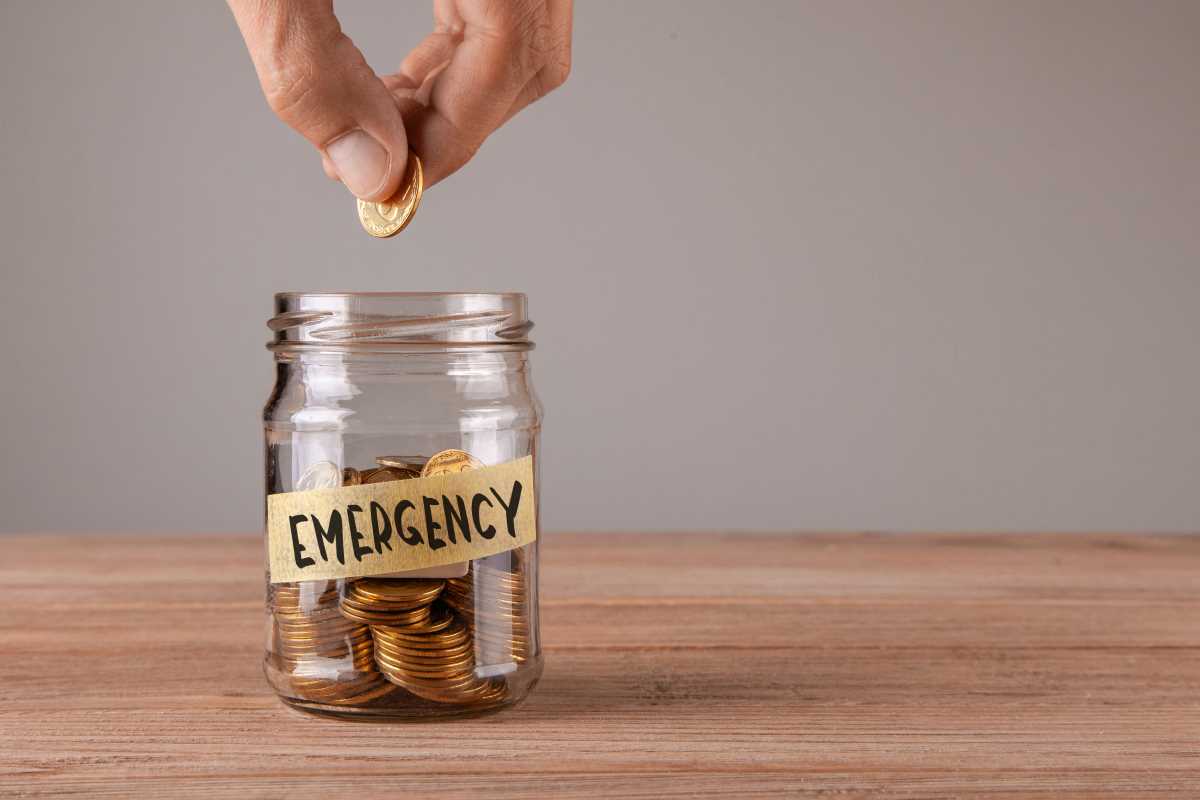Does an overflowing kitchen or office drawer stuffed with random odds and ends sound familiar? It’s the infamous “junk drawer,” a common fixture in many homes. This catch-all space holds everything from outdated electronics and forgotten chargers to old keys, stray batteries, and tangled cables. While it might seem like just a mess, this overlooked drawer can actually hide small treasures or surprisingly useful items. Taking the time to organize it is more than just tidying up. It’s an opportunity to free up valuable space, uncover items you forgot you had, and even make some extra cash by selling unused gadgets. Not to mention, rediscovering useful things can save you money on future purchases. A little effort can go a long way!
Finding Hidden Worth in Everyday Items
Start by emptying out the drawer and taking a closer look at what's inside. Sorting through each item can turn an ordinary clean-out into a rewarding exercise. You might be surprised by how much unused value is right at your fingertips.
Unused Gift Cards: Redeem or Exchange for Everyday Needs
Gift cards are a common discovery. Many people receive them for special occasions and then set them aside, only for them to get misplaced.
- Quick Balance Checks: Use the information on the back of each card to check for remaining balances online or by phone. You might find more credit than you expected.
- Exchange for Cash: If you come across cards for shops you rarely visit, consider selling them to reputable exchange sites such as CardCash or Raise to get some money back.
- Offset Regular Expenses: Gift cards for popular stores such as Target or Amazon can be used for groceries and household goods. Using these credits for regular purchases can help stretch your budget further.
Older Electronics: Tap Unused Devices for Extra Funds
Many drawers are home to out-of-date tech gadgets or a tangle of old charging cables. Even if they seem useless, some of these items are still worth something.
- Retailer Trade-Ins: Major retailers like Apple and Best Buy often accept used gadgets for store credit or gift cards. It's a fuss-free way to extract some value.
- Easy Selling Options: Sites like Decluttr and Gazelle let you quickly list and ship old devices in exchange for payment. You can also use local marketplaces to move other technology you no longer use.
- Environmentally Friendly Rewards: Certain stores and recycling programs offer perks for recycling electronics or accessories, which is not only sustainable but can sometimes earn you store rewards.
Spare Change: Collect Coins for Small, Instant Wins
The buildup of loose change is another typical feature. Though small individually, coins can quickly add up over time.
- Coin Machines for Fast Results: Many grocery stores have machines that will exchange your coins for shopping vouchers or gift cards, often with no fee when you opt for store credit.
- Bank Deposits: Rolling your coins at home and depositing them directly into your account is another smart move, transforming loose change into real financial progress.
Make the Most of What You Already Own
Besides generating extra money, many items in the drawer can replace things you would otherwise have to buy.
Useful Bits and Office Supplies
Odds and ends like screws, batteries, and spare office supplies can help you avoid unnecessary shopping trips.
- Organize for DIY Repairs: Group together hardware, fasteners, and small tools to create a kit for quick home fixes.
- Test Your Batteries: Find which batteries still work and group them for easy future use.
- Consolidate Supplies: Gather all loose pens, binder clips, and paper clips. Having everything in one spot helps you skip repeat purchases.
Old Keys and Travel Remnants
It’s not unusual to run across old keys or leftover change from past travels.
- Metal Recycling: Old keys can go to local recycling facilities as scrap metal, which sometimes nets a small payout.
- Foreign Coins and Bills: Extra currency from trips abroad can be exchanged or donated to charity programs that accept foreign change.
Don’t forget that some overlooked items can benefit others or spark creativity at home. Unused electronics, extra kitchen tools, or duplicate office supplies can be donated to local charities, schools, or shelters, giving them a second life and making a difference in your community. You might also find materials for easy DIY projects. Turn old jars into organizers, craft greeting cards with leftover stationery, or use spare buttons and ribbons in art projects. Repurposing these odds and ends saves money and reduces waste, bringing an added sense of accomplishment.
Reexamining your so-called junk drawer is a quick way to find value in things you already own. Selling, using, or repurposing its contents can provide a subtle boost to your finances, all without sacrificing anything you need. It encourages a thoughtful approach to everyday possessions.
Once you see results, you may feel motivated to extend this effort to closets, garages, or other storage areas. Every item you put to use is one less thing to buy, helping you move closer to your savings goals. All it takes to get started is a little curiosity and a willingness to see old clutter in a new light.
 (Image via
(Image via





